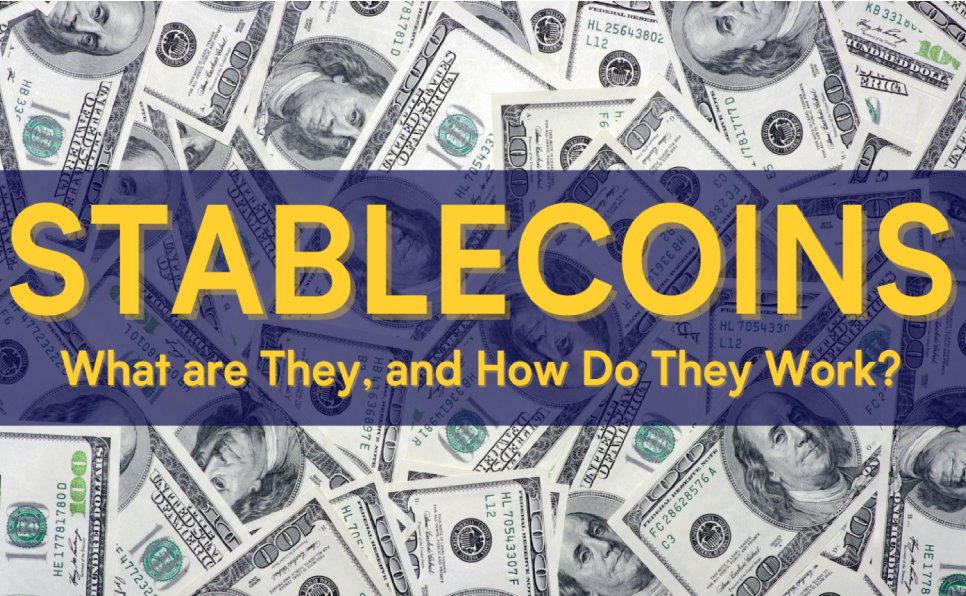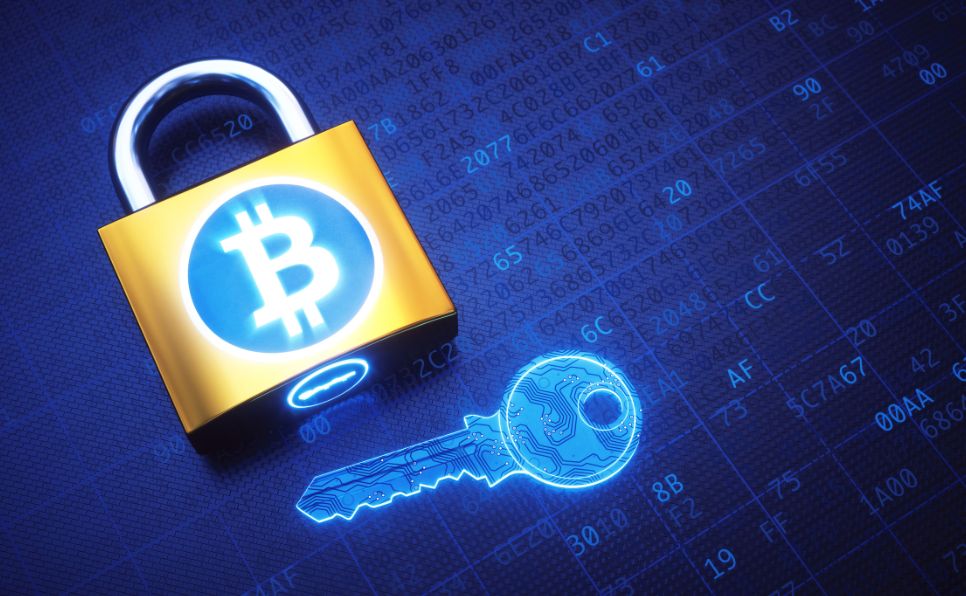Stablecoins are incredibly popular in the world of crypto, but many beginners may not understand their purpose. After all, what’s the allure of a cryptocurrency that doesn’t change in price? And how exactly does it maintain a price of exactly $1, especially with global economic upset? In today’s blog, we’re going to cover the interesting technology behind stablecoins, and what they’re used for. Enjoy reading!
First of All, What’s a Stablecoin?
A stablecoin is a type of cryptocurrency that is pegged to the value of an underlying asset, such as the US dollar. The goal of a stablecoin is to reduce volatility that is often associated with cryptocurrencies and make them more attractive to users and investors. This is done by maintaining a reserve of assets that can be used to back the stablecoin and ensure that its value remains stable.
How do Stablecoins Work?
Stablecoins are algorithmically backed cryptocurrencies that are pegged to a particular currency or commodity like the US Dollar or gold. This minimizes volatility and allows traders to hold funds in cryptocurrency and avoid losing value over time. Think of a digital dollar, but not controlled by a central government or authority. You can send stablecoins to anyone, anywhere in the world, at any time on your terms!
What Kinds of Stablecoins Are There?
There are several different types of stablecoins, but the most common types are:
Fiat-collateralized stablecoins: These stablecoins are backed by a reserve of fiat currency held in a bank. For example, for every Tether (USDT) token issued, there is an equivalent amount of US dollars held in reserve.
Crypto-collateralized stablecoins: These stablecoins are backed by a reserve of other cryptocurrencies, such as Bitcoin. For example, the value of DAI is backed by a collateral of ether locked in smart contracts on the Ethereum blockchain.
Non-collateralized stablecoins: These stablecoins are not backed by any physical assets, but they try to maintain a stable value through a mechanism known as seigniorage shares. One example is the “Basis” which uses a system of bond and share tokens that automatically adjust supply to keep the price stable.
Central bank digital currencies (CBDCs): These are digital currency versions of a country’s fiat currency, issued and backed by the central bank of that country. These are different from other stablecoin as they are issued by a central authority and have a legal status.
Some popular stablecoins include Tether (USDT), USD Coin (USDC), Binance USD (BUSD), and Dai (DAI). The mechanism that allows these stablecoins to maintain their value can vary, but all of them maintain a price of $1 USD through their algorithmic pegs. Do you use stablecoins to invest in cryptocurrency? Let us know by using #rockitcoin on Twitter!



